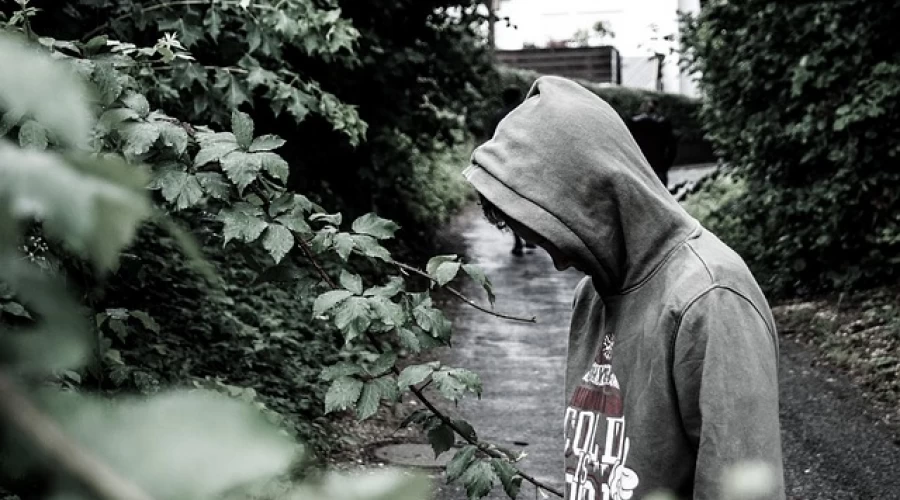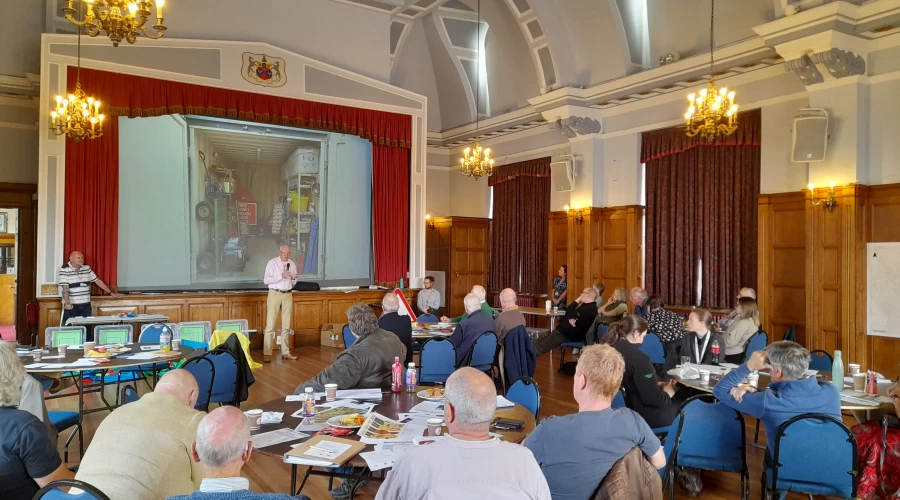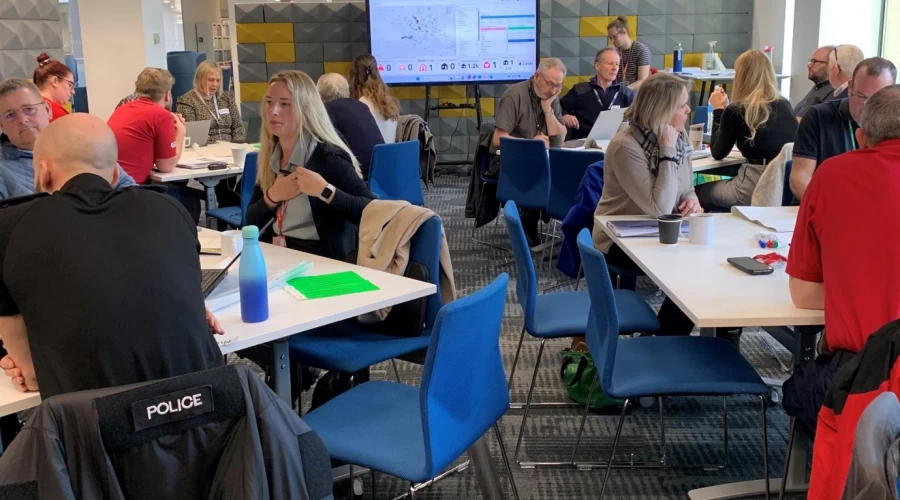At Home
Many people see their home as their safe place and we do this by making it a happy and welcoming environment. Therefore, preparing for emergencies in our home can seem a little counter intuitive as we believe it to be our safe space. However, unfortunately emergencies happen everywhere and it is important to be ready.
Home Emergency Evacuation Plan
It is unlikely that many people will have a home evacuation plan, it is not something you tend consider important when the chances of ever using it are quite slim. However, it might be something worth spending a little time on. It can be as simple as:
- Identifying your nearest and best exits (what window might you escape from in a fire?). It is particularly important you know how to escape all bedrooms at night.
- Where are the most vital documents you might need in an evacuation (put them somewhere easy to find) – only get this if there is no immediate danger
- Does everyone know what to do when they hear a fire alarm?
- Does everyone know what the carbon monoxide alarm means and what to do next?
We aren’t expecting families to do fire drills at home, however if you have young children and they are used to doing them at school, it can be a fun and important thing to do at home.
Know how to turn things off
It is important to know where and how to turn off certain things in your home. Get everyone in the household to understand where the stop tap is for the water and where the safety shut off valve for the gas is located.
Gas shut off valves are probably the easiest to locate, these are predominantly located outside by the gas meter. It is rare you would need to turn these off, but it is good to know where and how to in the case of an emergency.
Your stop tap for water is often under the kitchen sink, however some houses have it located in the downstairs bathrooms. Of course, you might be one of those houses that doesn’t have it in either of those places, so it is worth searching around to make sure you know where it is.
Sometimes, it might also be important to turn off electricity to parts of your home. You do this from the fuse board, which can be located in a variety of places. It is important to familiarise yourself with this when you move into a new home.
Related News

Wiltshire Council shares advice on how you can help rough sleepers this winter
1m read
Wiltshire Council shares advice on how you can help rough sleepers this winter
Emergency Kit
Having a home emergency kit isn’t something we tend to consider. But it can be very helpful and one of those things you wish you’d had. It can also be a fun thing to do with children, a bit like an evacuation plan.
Some of the things you might choose to put in a kit are:
- Emergency contact numbers – on paper
- A battery-operated torch (or a wind up one)
- A battery operated or wind-up radio
- A small first aid kit and some essential medication
- Some bottled water and long-lasting snacks
- Copies of key documents – insurance and birth certificates etc
- Spare glasses




